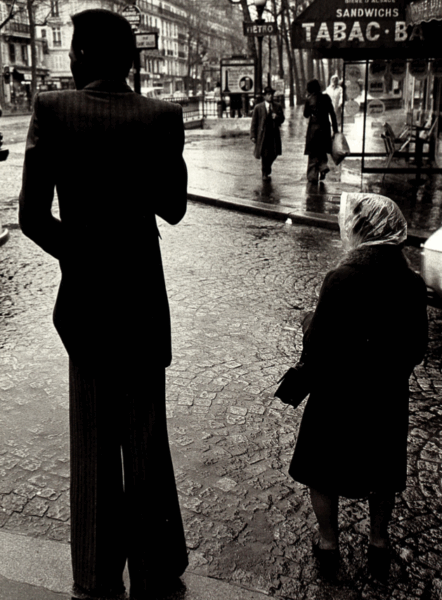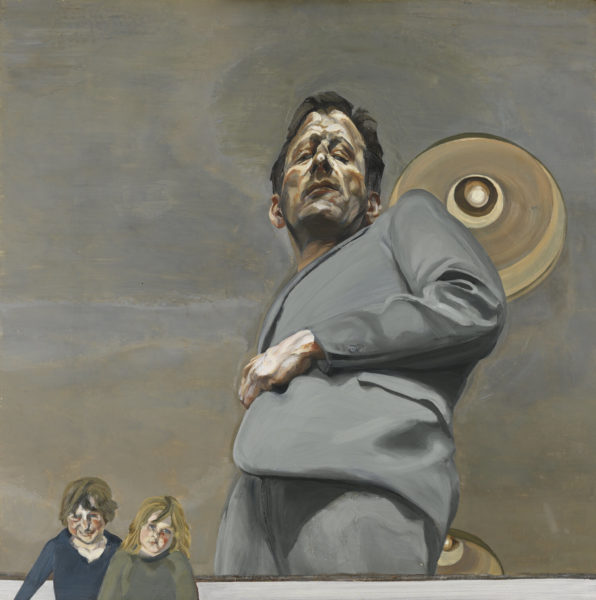Born on may 20th, 1932 in Wiesbaden, Dieter Rams is a German industrial designer considered as one of the founders of the functionalist school of industrial design. His work is closely linked to the Braun company, for which he designed radios, record players, scales and calculators from 1955 to 1995
A synthesis between Ivy League style and architectural Modernism
Rams’ fascination with design, American modernism and architecture is reflected in his early dressing style. Rams’ wardrobe was largely inspired by the Ivy League style: a corduroy or tweedwoolen fabric, more or less rustic, woven with multicolored More jacket, a silkflexible and resistant thread produced by the larva of vario More knit tietie made of wool, cashmere or silk threads which are twisted More, and a button-down oxfordgrained fabric with colored warp and white weft - durable, b More shirt. However, the designer quickly broke away from this and abandoned superfluous details in favour of a minimalist approach. Rams dresses in grey or taupe tones, his shirts are plain or with fine stripesline or band more or less wide that marks a fabric More. He is fond of tweed jackets, whose herringboneV-shaped decorative pattern obtained by reproducing, after i More patterns are reminiscent of modernist architecture. His style, halfway between engineer and artist, is designed to be as comfortable as possible for drawing on his large architectural table. In doing so, he invented a precise silhouette, without ostentation but terribly personal and modern, made of structural shoulders that is representative of the times and of more traditional noble materials.
In reaction to the colourful and extravagant dissonance of the 1970s, Dieter Rams developed the 10 principles of good design:
The 10 principles of a good design:
_good design is innovative
_good design makes a product useful
_good design is aesthetic
_good design makes a product understandable
_good design is unobtrusive
_good design is honest
_good design is long-lasting
_good design is thorough down to the last detail
_good design is environmentally-friendly
_good design is as little design as possible

RAMS, Dieter. Jazzkeller club, Frankfurt am Main, FRG. 1955
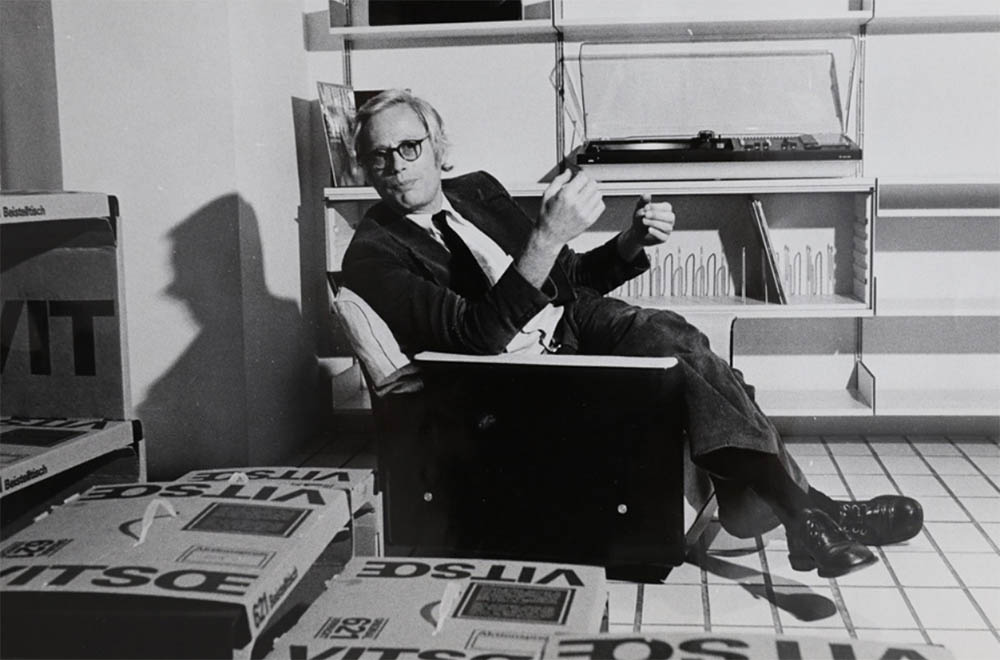
RAMS, Dieter. Showroom Vitsoe, Frankfurt am Main, FRG. 1973.
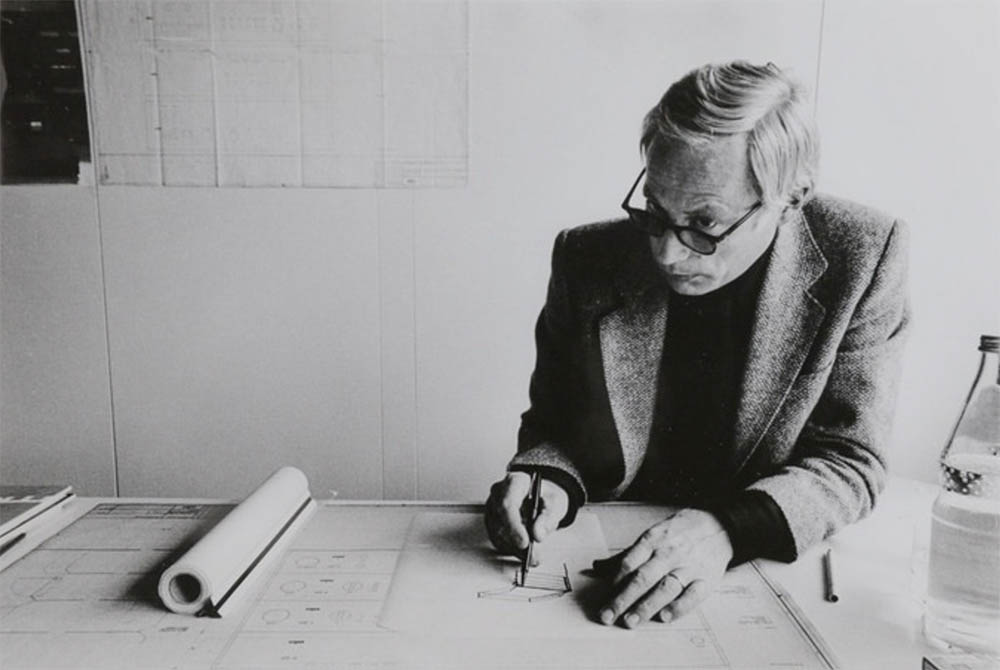
TULLMANN, Abisag, phot. RAMS, Dieter. Braun’s office, Frankfurt am Main, FRG. 1973.
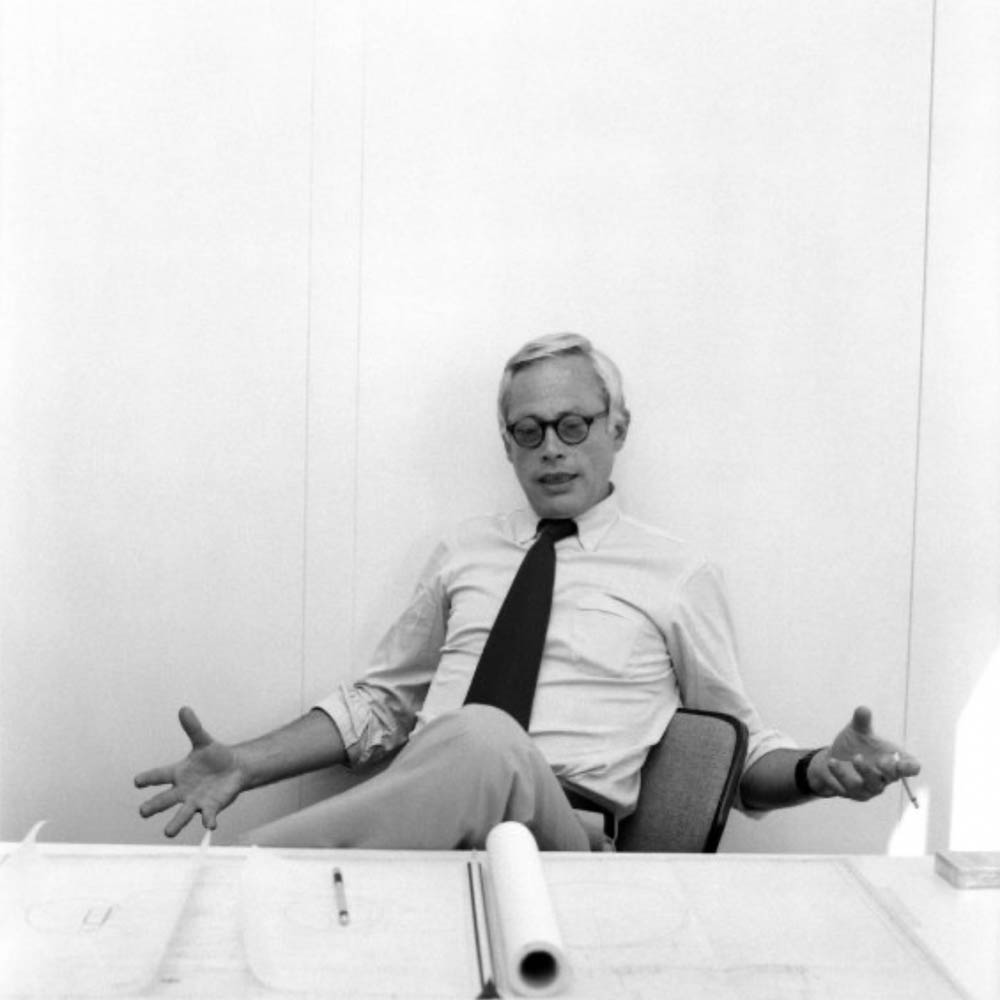
RAMS, Dieter. Braun’s office, Frankfurt am Main, FRG. 1967.
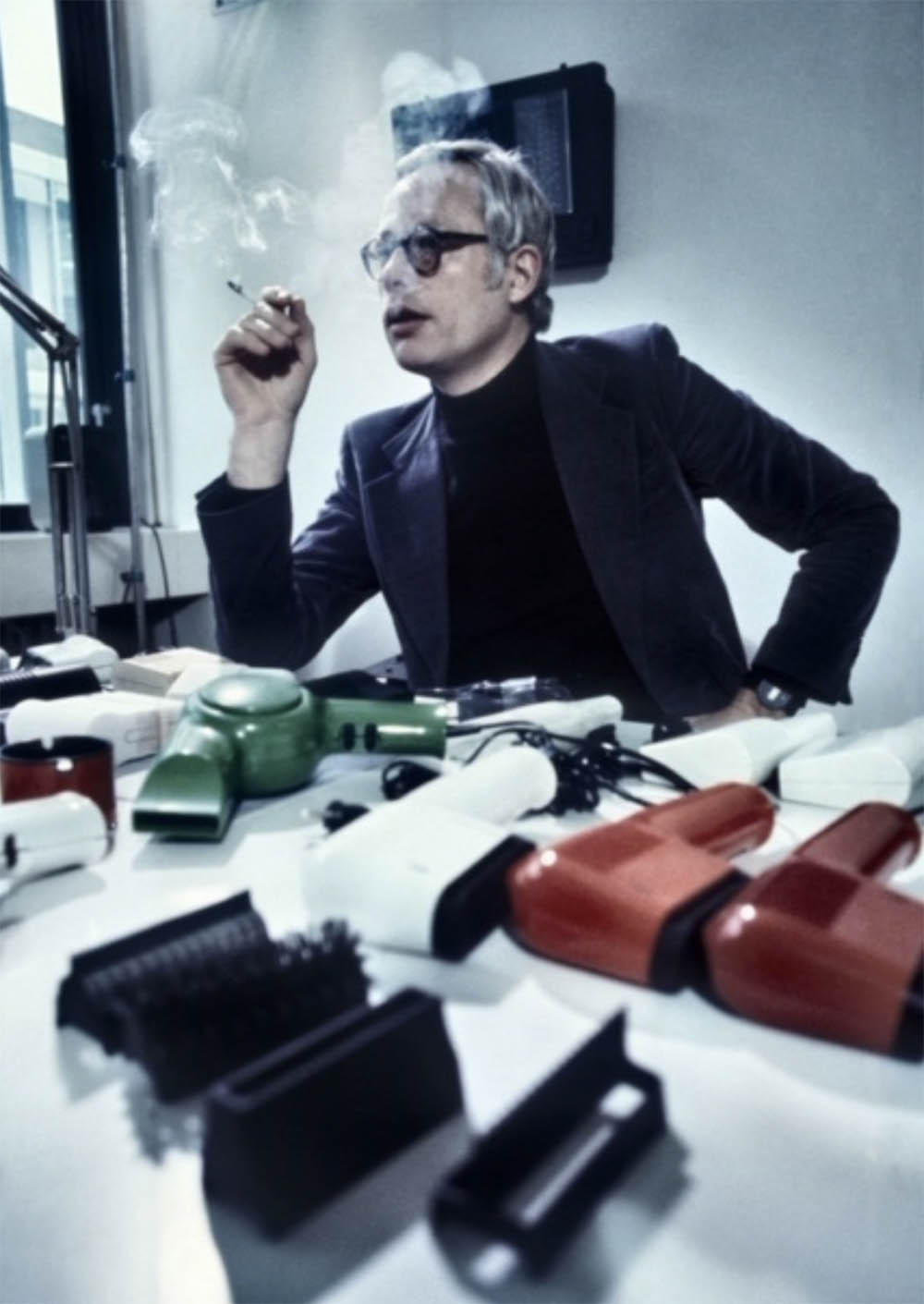
GODDARD, Martyn, phot. RAMS, Dieter. Frankfurt am Main, FRG. 1979.
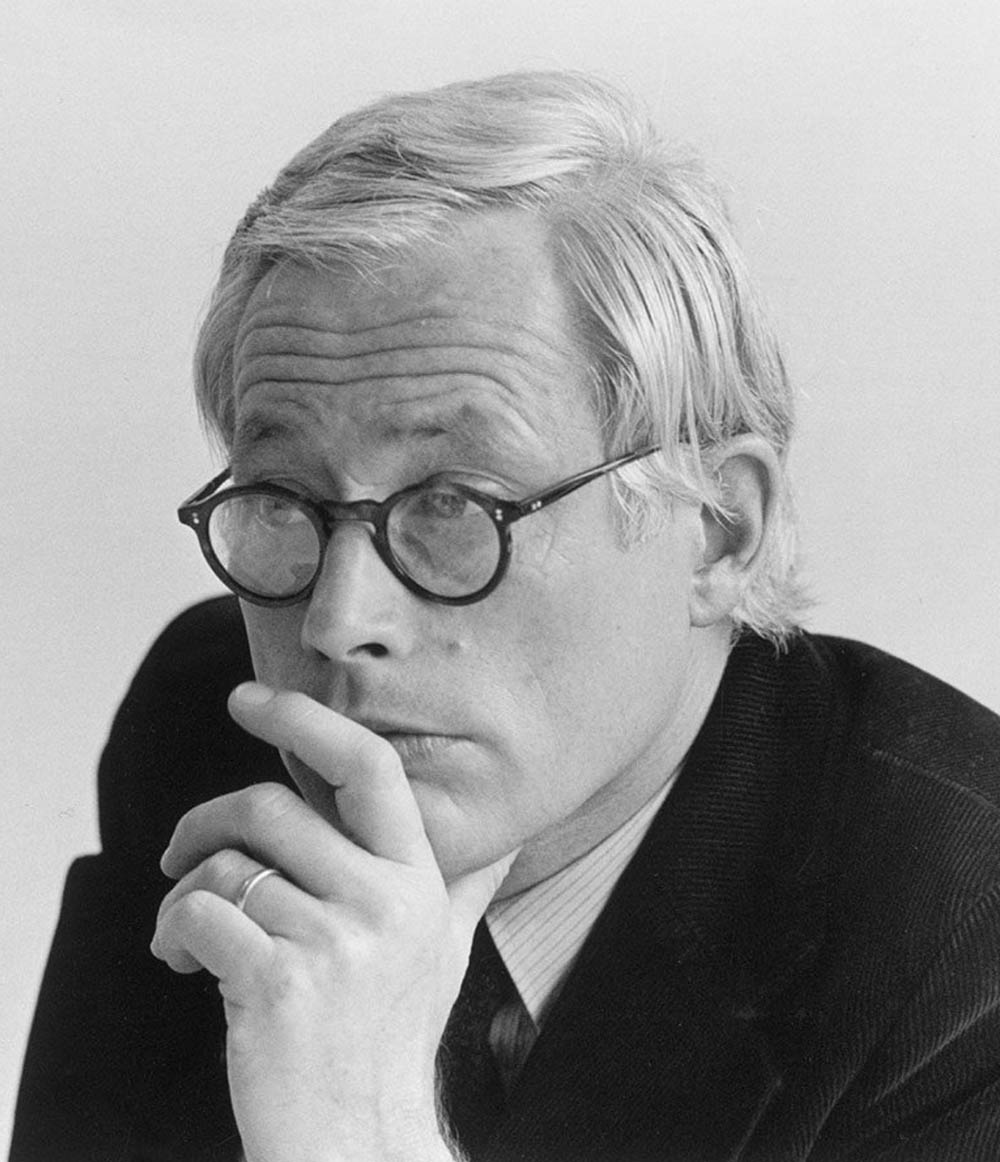
TULLMANN, Abisag, phot. RAMS, Dieter. Frankfurt am Main, FRG. 1978.

RAMS, Dieter. Frankfurt am Main, FRG. 1978.
- A HISTORY OF MEN’S FASHION« Chenoune shows how menswear shifts between fashion and function, individuality and universality—a history that never ends. »
- COTTON« Soft, but with weight. Relaxed, but never shapeless. It carries memory in its creases. »
- LUCIAN FREUD« from borrowed suits to bespoke tailoring, Freud’s fashion choices evolved with his art »
- DAVID LYNCH« The oddest of Americans, the most American of oddballs, Lynch was a man with a uniform. »
